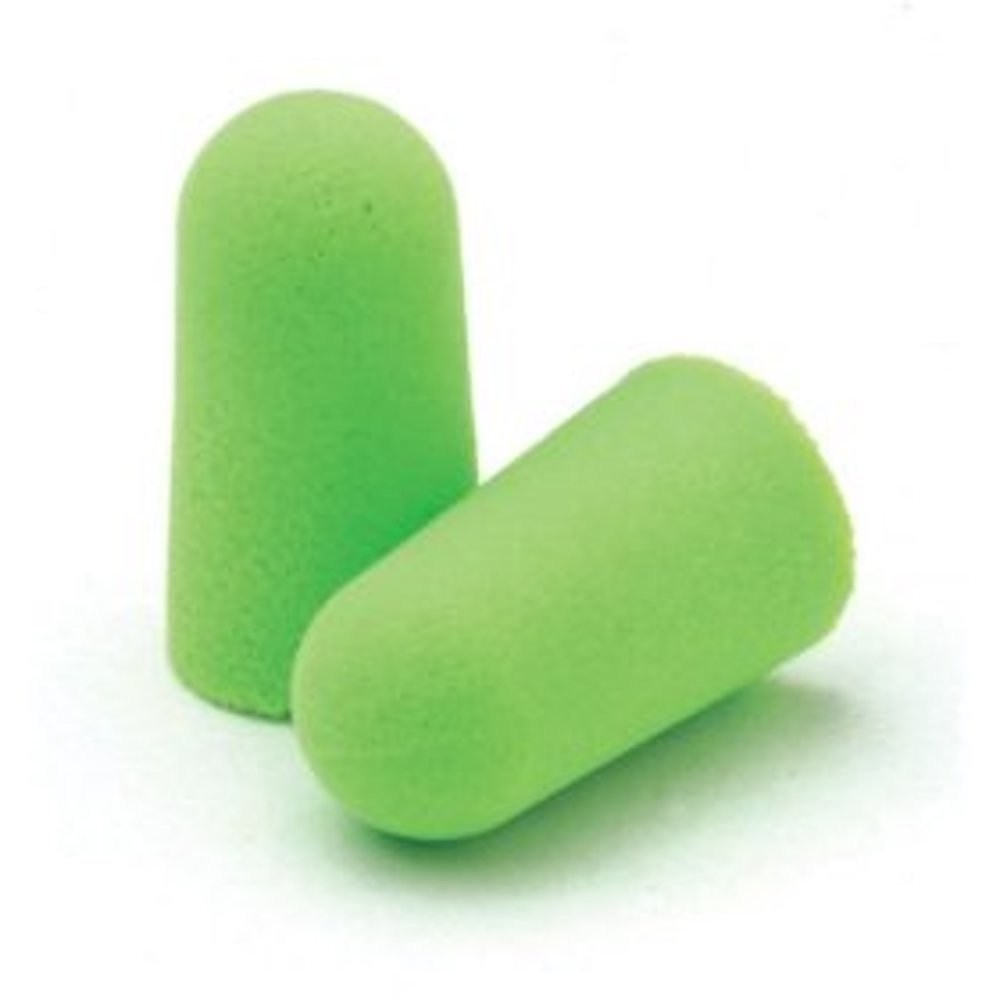3 Questions to Ask Your HIS About Hearing Protections
There are so many things to ask your hearing instrument specialist when it

By: admin | February 18, 2020
There’s much to love about the modern world. We have, after all, found many ways to overcome some of the issues that affect the human body. Life would have been much more difficult in the olden days if you had eyesight problems, and there were no eyeglasses available. The same can be said of hearing. Today, there are various options that can help people that experience hearing loss. If one type of hearing aid doesn’t sit well with a patient, then there will be others that they can try. Below, we’re going to take a look at several different hearing aid types.
BTE hearing aids, or behind the ear hearing aids, are among the most popular due to their power. If you’ve ever seen a hearing aid on another person, then it was probably this type. Unlike other options, it does not sit inside the ear, but behind it — hence the name. This hearing aid involves a larger device that hooks around the ear and sits behind the ear. It is connected to a tube with an earmold, which is a type of custom earpiece, which is then placed inside the ear. There are plenty of advantages to this type of device. They are considered to offer among the best amplification of noise and can be used by people with all levels of hearing loss. Though they’re visible, they’re not invasive. Indeed, many of the newer models are discreet and subtle. The slightly larger size (when compared to other models) even comes with an advantage; they have a larger battery, which means there is more time between battery changes.
As you might guess from the name, ITE hearing aids sit completely inside the ear, rather than outside, as we saw with behind the ear devices. They differ from the in the canal hearing aids in that they sit in the outer part of the ear, rather than in the “tunnel.” These types of hearing aids are custom made and come in two styles, either full-shell or half-shell. They are most commonly used by people that experience mild to severe hearing loss. One of the main advantages of this type of hearing is that they feature volume control, which allows you to adjust how much sound passes through. This is especially useful for people with hearing loss that find themselves in a variety of different environments on any given day. They’re also pretty intuitive to use and have large batteries, which allows for longer use. The power of in the ear devices does come with a couple of downsides; however, they’re more visible than other options, and performance can be affected by the presence of earwax and wind.
The other option is the ITC hearing aid. As the name suggests, this is a small device that rests in the canal part of your ear. These options are less powerful than other devices and are designed for use by people that have mild-to-moderate hearing loss. One of the main advantages of this type of device is that it’s subtle – it is mostly invisible to other people. ITC hearing aids can also come in two smaller varieties, including completely in canal (CIC) and invisible in canal (IIC). These options offer even more privacy if that is a priority when selecting your hearing aids. However, they are not recommended for individuals with dexterity issues because handling them can be difficult due to their small size.
For your hearing aid to work as well as possible, then it’s important that you select the right one. There can be a big difference in the effectiveness of your hearing aid! Get the most out of your hearing aid by choosing the one that’s best for you. You can get all the information you need by working with a hearing instrument specialist. Once you’ve selected the right type and the correct size, you’ll want to give yourself a period to get used to your new device. It may take some time to adjust to the presence of the device in your ear. In today’s world, there’s no reason to settle for hearing that you’re dissatisfied with. If you want to learn more about the range of hearing aids that are available, then be sure to get in touch with The Hearing Guy at (828) 333-5781.

There are so many things to ask your hearing instrument specialist when it
By: admin | February 29, 2024

Individuals tend to think of tinnitus as being solely connected to loud
By: admin | February 29, 2024

Are you trying to find the proper ear protection for your work environment
By: admin | January 31, 2024
